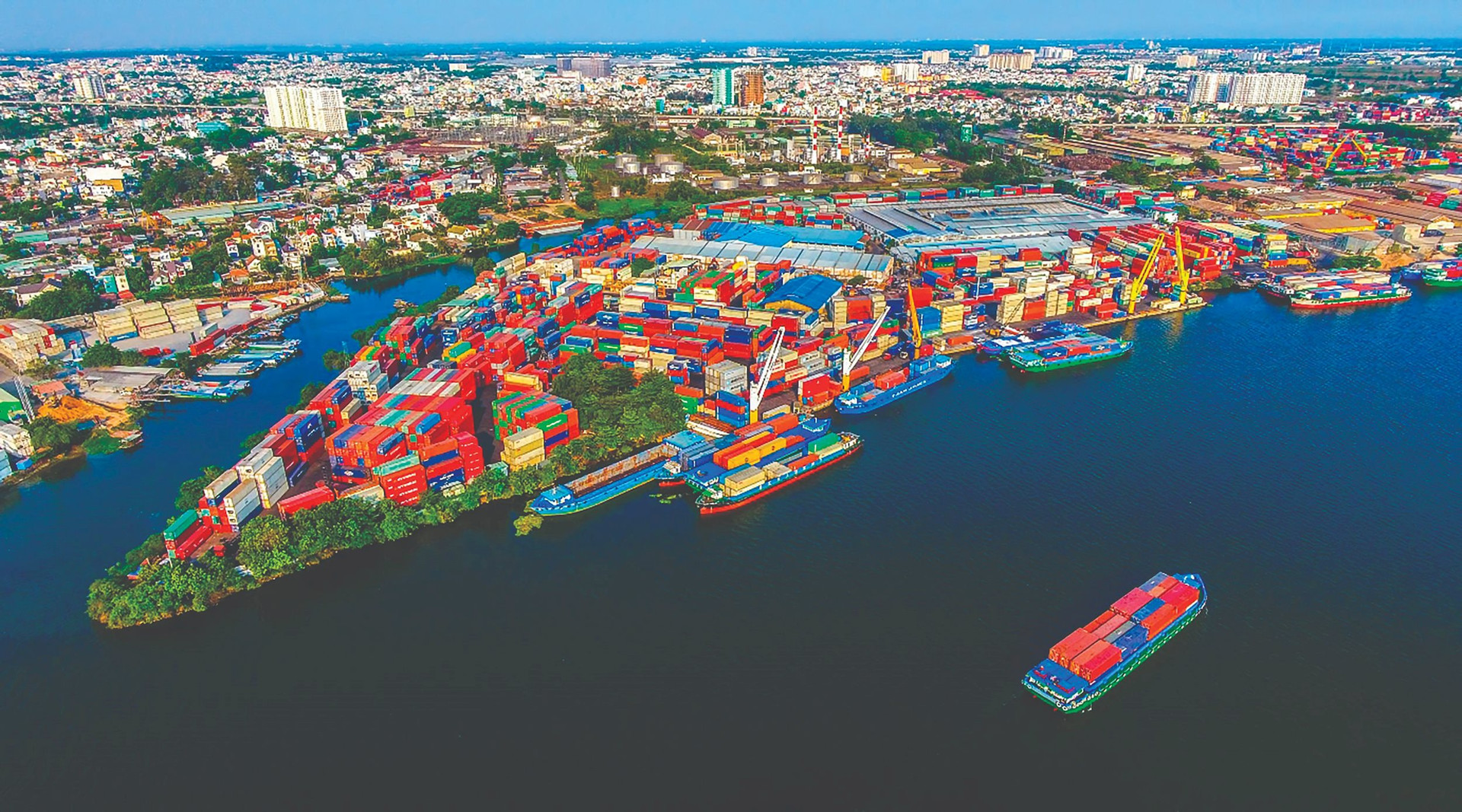CBEC offers several advantages such as low transaction costs and fast transaction speeds, which help reduce the distance between manufacturers and foreign consumers. The development of CBEC breaks down barriers between countries and promotes global economic growth. It enables businesses to establish diverse economic and trade relationships, achieving a rational allocation of resources on a global scale. Consumers can purchase quality products at reasonable prices and enjoy better services.

Development of CBEC
Currently, CBEC accounts for 10 to 15% of the total global e-commerce volume. By 2025, global CBEC revenue is predicted to reach $250 billion to $350 billion, compared to the current $80 billion. Asia is projected to contribute around 40% of the global CBEC revenue, becoming the world’s e-commerce hub. Europe will account for approximately 25% of the revenue, followed by North America with 20%. (H1)
According to Deloitte’s analysis, the Asia-Pacific region, home to nearly 4.7 billion people, equivalent to 60% of the world’s population, will experience strong development in digital economies in the
near future. Southeast Asia is predicted to achieve a $1 trillion digital economy by 2030, marking the region’s golden age of digital commerce within the next three years. Deloitte classifies the CBEC market in this region into three groups based on two aspects: CBEC (60%) and digitization (40%):
- » Mature markets: China, South Korea, Singapore, and Japan.
- » Developing markets: Thailand, Malaysia, Indonesia, Vietnam, and the Philippines.
- » Early-stage markets: Myanmar, Cambodia, Laos, and Brunei. Vietnam belongs to the group of countries with a developing CBEC market, evaluated as experiencing steady growth and performing well in digitalization across various aspects. High logistics costs remain the biggest challenge for businesses in Vietnam, with 61.8% citing customs clearance as a major obstacle. This indicates that the logistics system for e-commerce poses a significant hindrance for Vietnamese e-commerce businesses in CBEC operations.
Logistics in CBEC of Vietnamese
In CBEC, a safe and reliable logistics system is
a crucial link to ensure smooth processes. The
development of CBEC highlights the increasing
importance of logistics. Reliability, control, security,
stability, low cost, information integration, and
intelligent logistics are always hot topics in
CBEC development. To move towards maturity,
developing markets like Vietnam need to put more
effort into logistics to ensure supply quality and
competitive costs.
Logistics not only facilitates the integration of
goods domestically and internationally but also
directly influences the timeliness and profitability of
goods in the international market. Typically, there
are several main logistics methods used in CBEC:
» Third-party logistics (3PL), also known as outsourced logistics or contract logistics, refers to professional logistics companies with assets that provide logistics services to import-export companies.
» Logistics alliances denote relatively stable and long-term contractual relationships between import-export businesses with a need for logistics services.
» Offshore warehousing refers to storage facilities established overseas. E-commerce businesses ship goods to target markets using bulk shipping, establish warehouses, and store goods locally.
Then, they arrange, package, and directly distribute based on orders locally.
» Cross-border logistics zone refers to business activities such as warehousing, distribution, transportation, circulation handling, loading, unloading, logistics information, layout design, and other related activities supervised by customs, including free trade zones and customs-controlled areas.

As a developing market with significant potential, Vietnamese businesses still have reservations about CBEC. In addition to common barriers such as limited product variety and less prominent quality and branding, the logistics system poses the biggest challenge with the following limitations:
» The infrastructure of the logistics system is incomplete. Throughout the entire logistics system, fundamental factors related to warehousing, transportation, and distribution are not yet perfected. The connectivity between transportation modes is loose, lacking a systemic approach.
- » The linkage between cross-border logistics components lacks professionalism. International logistics costs are high, operations are challenging, and complex business modules are involved.
- » The number of international logistics companies and express delivery companies participating in cross-border logistics services is limited, making it difficult to control logistics links. While the volume of CBEC transactions is increasing annually, the logistics capacity remains inadequate. For example, international express delivery is currently the most utilized logistics method in CBEC, but relying solely on it is insufficient due to its limited capacity and high costs.
- » CBEC logistics costs are high. Compared to domestic logistics, CBEC requires higher costs for warehousing, distribution, customs declaration, and other connections. To ensure the same level of logistics service, cross-border logistics companies need to incur more expenses. If return shipments occur, the overall logistics costs will be even higher.
According to the ministry of industry and trade, there are currently around 200 domestic businesses selling products on amazon. Vietnam has a competitive advantage in products such as agricultural commodities, processed foods, handicrafts, textiles, mechanical engineering, packaging, and more in terms of cost competitiveness on alibaba. Com. Recently, the ministry of industry and trade of Vietnam, together with the ministry of commerce of china, the department of e-commerce and digital economy, and various domestic and international partners such as leading and reputable Chinese e-commerce platforms like jd.com, vinanutrifood, viettel post, vp bank, visa, etc., have collaborated to establish the “Vietnam National pavilion” on the jd.com e-commerce platform.

The aforementioned shortcomings in the logistics system have hindered the flexible application of CBEC logistics methods in Vietnam. Therefore, e-commerce businesses mainly rely on large e-commerce platforms like Amazon for B2C transactions or Alibaba for B2B transactions. Essentially, this is outsourcing to 3PL providers because these major brands not only function as e-commerce platforms but also offer proficient and efficient logistics services.
This is the first international e-commerce platform for Vietnamese businesses, enabling them to directly distribute domestic products to consumers in foreign markets through CBEC. However, in the long run, building an e-commerce logistics system to serve exports remains a fundamental and sustainable solution. This way, Vietnamese e-commerce businesses will have the opportunity to choose the most suitable CBEC logistics options for their shipments and minimize costs to optimize supply processes for international import- export markets.






.png)
.png)
.png)


.png)
.png)






.png)

